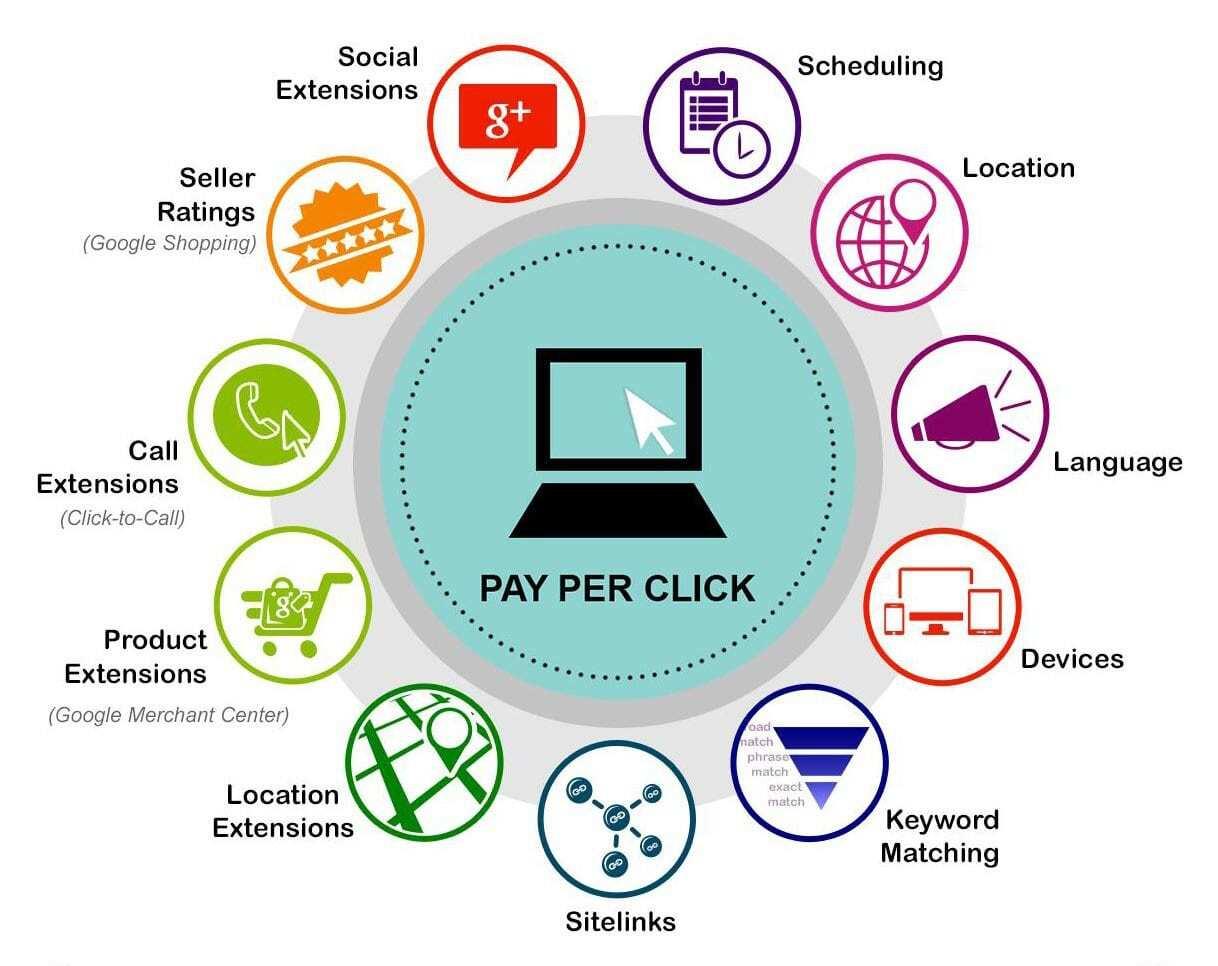Office Address
DSB 267 FF, OPPOSITE AGGARSAIN BHAWAN HISAR 125001
Phone Number
+91 90344-38894
+91 81681 - 38304
DSB 267 FF, OPPOSITE AGGARSAIN BHAWAN HISAR 125001
+91 90344-38894
+91 81681 - 38304

If you are looking for Best Mastering Pay-Per-Click Advertising, come to know. In today’s digital-first world, pay-per-click (PPC) advertising has become a cornerstone for businesses looking to generate immediate visibility, drive targeted traffic, and boost sales. For enterprises in Hisar, partnering with a digital marketing agency that specializes in Google Ads, Meta (Facebook & Instagram) Ads, and local PPCcan deliver an exceptional return on investment. As the best digital marketing agency in Hisar, Designbit Software Pvt Ltd presents this in-depth guide to help you plan, execute, and optimize your PPC campaigns for maximum impact. Best Mastering Pay-Per-Click Advertising.
Table of Contents
PPC offers unparalleled control over your advertising spend and audience targeting. According to WebFX, Google Ads delivers an 800%return on investment (ROI)—that’s an average of $8 for every $1 spent. Moreover, PPC visitors are 50% more likely to buy than organic visitors. These statistics underscore why a Hisar marketing agency should include PPC in its service portfolio. Best Mastering Pay-Per-Click Advertising.
Ready to get started? Explore ourGoogle and Meta Ads servicesto learn how we can launch your first campaign. Best Mastering Pay-Per-Click Advertising
2. Keyword Research: Laying the Foundation
Effective PPC begins with robust keyword research. Tools like Google Keyword Planner, SEMrush, and Ahrefs can help you identify high-intent search terms with manageable competition. Focus on: Best Mastering Pay-Per-Click Advertising.
Aim for a mix of head terms(e.g., “digital marketing company”) and long-tail keywords(e.g., “affordable Google Ads management Hisar”). This balance ensures both volume and relevance. Best Mastering Pay-Per-Click Advertising.
For an advanced SEO approach, see ourAdvanced SEO Techniques for Local Businesses.
3. Crafting High-Converting Ad Copy
Your ad copy must capture attention and compel action. Follow these best practices:
Well-structured ads can achieve an average click-through rate (CTR) of 4–6%on Google Search and 8.78%on Facebook citeturn1search0.
Explore our best Facebook Ads agency guide for platform-specific tips.
4. Budgeting and Bidding Strategies
Allocating your budget effectively is critical for campaign success. Here’s how to approach it:
Monitor your cost per acquisition (CPA)and adjust bids to stay within your target ROI. According to Sixth City Marketing, PPC campaigns average a 200% ROI(2:1). Best Mastering Pay-Per-Click Advertising.
5. Landing Page Optimization
Driving traffic is only half the battle—your landing pages must convert. Ensure:
For website design best practices, visit our Website Design services.
6. Tracking, Analytics & Attribution
Without accurate tracking, you can’t optimize. Set up:
Use data-driven attributionto assign credit across touchpoints, ensuring you understand the full customer journey. This insight helps refine budget allocation across channels. Best Mastering Pay-Per-Click Advertising.
7. Advanced Tactics: Remarketing & Audience Targeting
Remarketinglets you re-engage visitors who didn’t convert initially. Implement:
For social platforms, create Custom Audienceson Facebook and Instagram from your CRM or website visitors, then expand with Lookalike Audiences. Best Mastering Pay-Per-Click Advertising.
8. Integrating PPC with Other Channels
A holistic approach amplifies results:
Cross-channel insights drive better targeting and higher ROI.
Connect with Hisar’s PPC Experts at Designbit Software Pvt Ltd
Ready to unlock the full potential of PPC for your business? As a Hisar marketing agencyand social media agency, Designbit Software offers end-to-end PPC management: Best Mastering Pay-Per-Click Advertising.
Partner with the best digital marketing agency in Hisar and watch your PPC campaigns drive real, measurable growth.